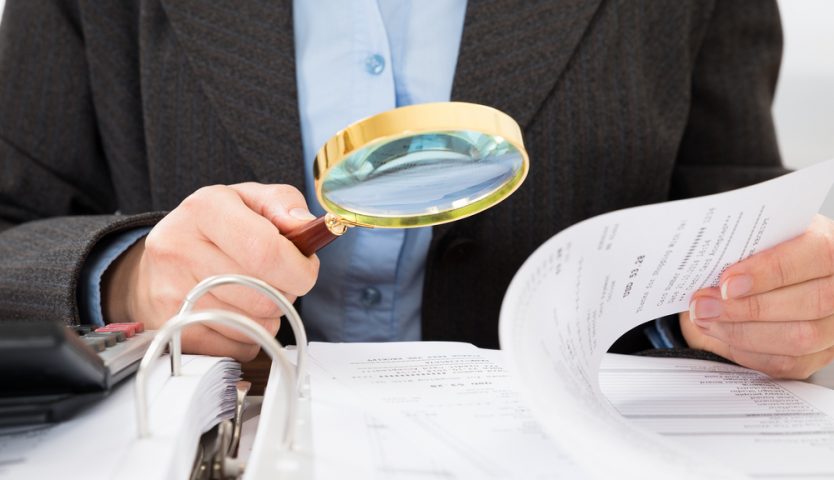The Canada Emergency Wage Subsidy (CEWS) was introduced by the Canadian government in March of 2020 to help employers who were adversely impacted by COVID-19.
This subsidy covers up to 75% of a business’s employees’ eligible earnings and encourages employers to retain their workers despite a drop in revenue due to closures.
However, the CRA will audit employers who received the CEWS subsidy to ensure that they did not receive more money than they were eligible for.
The process can be arduous and require a copious amount of documentation.
Although claiming the CEWS does not guarantee that your business will be audited, it is best to prepare so the process goes smoothly.
To help you to better understand what to expect when it comes to a CEWS audit and how to best prepare, check out the guide below:
CEWS Repayments and Audits
In April of 2020, an amendment was made to Canada’s Income Tax Act to include the CEWS along with some new tax rules.
These new rules allow the Minister power to determine if an employer was overpaid and issue a notice of repayment if necessary.
Those who received the CEWS may have to repay the subsidy if they canceled their application, made a calculation error in the application, or if the application was reduced or denied.
In order to determine if any of these situations have occurred, the CRA is at liberty to perform an audit. This process can result in the CRA requesting access to your company’s details such as corporate and financial records.
What Is the CRA Looking For When It Comes to the CEWS?
For the most part, when it comes to a CEWS audit, the CRA is looking to review the following documentation and information:
- Corporate Records: These records include any documents related to the CEWS claim as well as any changes related to the type and status of the business since 2019.
- Revenues for 2019 and 2020: The CRA will seek information regarding the business’s revenue prior to the pandemic such as sales reports and qualifying revenue for the CEWS.
- Payroll Information: The CRA also wants to see payroll journals, timesheets, employment contracts, and proofs of payments to employees.
The CRA may also request additional information related to other subsidies and other government programs that could impact the application for the CEWS.
How Can I Prepare for an Audit?
Just because the CRA is audited CEWS applications and payments doesn’t mean your business is guaranteed to experience one.
However, preparing for an audit can be a stressful task, so we suggest you take the time to prepare in the following manner:
Document Everything
As soon as you prepare your CEWS claim, keep track of everything. Because the CEWS was pushed out in a hurry, it’s possible that the rules surrounding it may be modified at any time.
Keep copies of all the documentation you referred to when completing the CEWS application as well as a hard copy of the instructions provided to you by the CRA at the time you filed for the subsidy.
Keep Aside Confidential Information
The CRA does not have the authority to access documents that are protected by client privilege.
This means that any sensitive and private information regarding your clients is off the table when it comes to a CRA audit. For example, if you are a lawyer this would include any communication between you and your client, the client’s case file, etc.
Because these documents are private and not required during an audit, ensure they are stored separately to avoid any mistakes.
Have One Point of Contact With the CRA
To ensure the audit process goes smoothly without inconsistencies or misinformation, appoint one person from your business to communicate with the CRA.
Additionally, all exchanges with the CRA should be in writing since the process can take a year or more to complete.
How Long Do I Have to Provide the Necessary Information?
Gathering the required documentation can be complex and extensive with the CRA not giving you much time to do so. In fact, the CRA generally requires the necessary information within 10 business days.
While you can request an extension, the CRA is merely looking for information you already have. If you have it prepared and organized, meeting this deadline is completely realistic.
Failure to comply with the CRA during the audit process can result in a “gross negligence penalty” that could amount to 50% of the difference between the amount of CEWS you claimed and the amount of CEWS you were entitled to.
Conclusion
If you have received an audit letter in relation to the CEWS subsidy, it’s important to consult an expert accountant to ensure the proper organization of documentation.
For more information on CEWS audits, don’t hesitate to contact our team of professionals at Liu & Associates.

